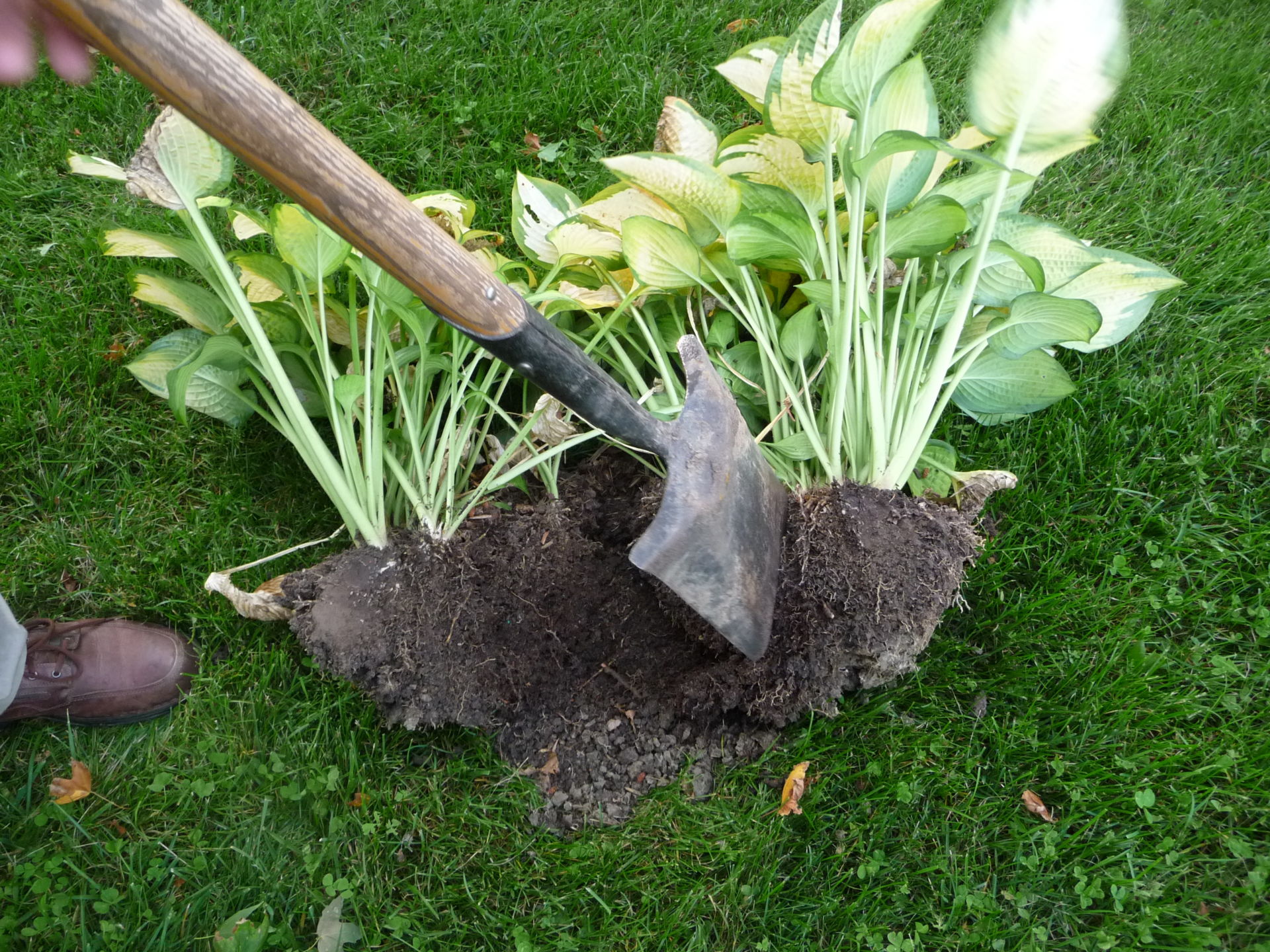Divide Perennials
Garden clippings for Sept 14, 2019
Editing the perennial garden is a lot like editing a paper. You simplify, get rid of words you don’t need, add words to help get your point across and check grammar. Sometimes you ask someone else to do the proofreading.
So it is with the perennial garden. You get rid of plants that are tired and add plants that are more interesting. You divide and conquer to gain a facelift.
Fall is the best time to rejuvenate or edit the perennial garden. Spring is also fine, but in the fall you have the advantage of knowing exactly where and what every plant is. Transplanting perennials in the fall gives a few months for the plant to take root so it can hit the ground running in spring.
Perennials automatically receive a new lease on life after they have been dug up, transplanted and divided. I am always amazed as to how quickly a plant bounces back after it has been lifted and replanted.
Start with a thriving plant that has a substantial root clump. If your plant is smallish or struggling, wait a year or two before uprooting it. Your objective with a thriving plant is to divide it up into a minimum of three or four.
Make sure the soil is damp and the temperature is cool. Autumn’s cool evenings and heavy morning dew make for perfect planting conditions.
Your number one tool for digging, dividing and replanting perennials is a sharp spade. Slice the spade into the ground making a circle about 12 to 18 inches in diameter. If your clump is too large, it will be too heavy and may fall apart.
Lift the root clump and set it aside in the garden or on the lawn. With a fair amount of aggression, use the spade to chop the roots into smaller pieces. If you prefer the gentler approach, use an old butcher knife.
Prepare the next planting spot by digging a shallow but wide hole. If your soil is poor, be prepared to replace it with triple mix, compost or enriched topsoil. Replant the new clump at the same depth or slightly higher than its previous location. Don’t fall into the trap of planting too deep.
Add fertilizer to encourage root growth. The addition of bone meal, root booster or mycorrhiza will ensure transplanting success. Manure, triple mix and compost will improve soil texture and fertility.
Water thoroughly to give the plant moisture and to eliminate air pockets that you may have created in the planting hole. A layer of mulch will retain soil moisture, reduce weed growth and provide soil insulation.
Once you’ve dug up and transplanted a few perennials you will realize how fun and easy the job is. Hostas and Daylilies, the two most popular perennial groups are a cinch. Summer blooming perennials such as Rudbeckia, Echinacia, tall Phlox and Shasta Daisy are equally easy. Trilliums, Silvermound, Lavender and Geraniums are trickier. Bleeding Heart, Primrose, Poppies and Anemone are best left till spring.


